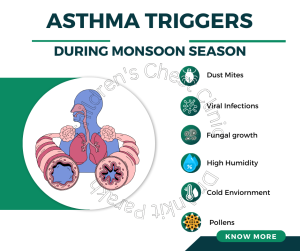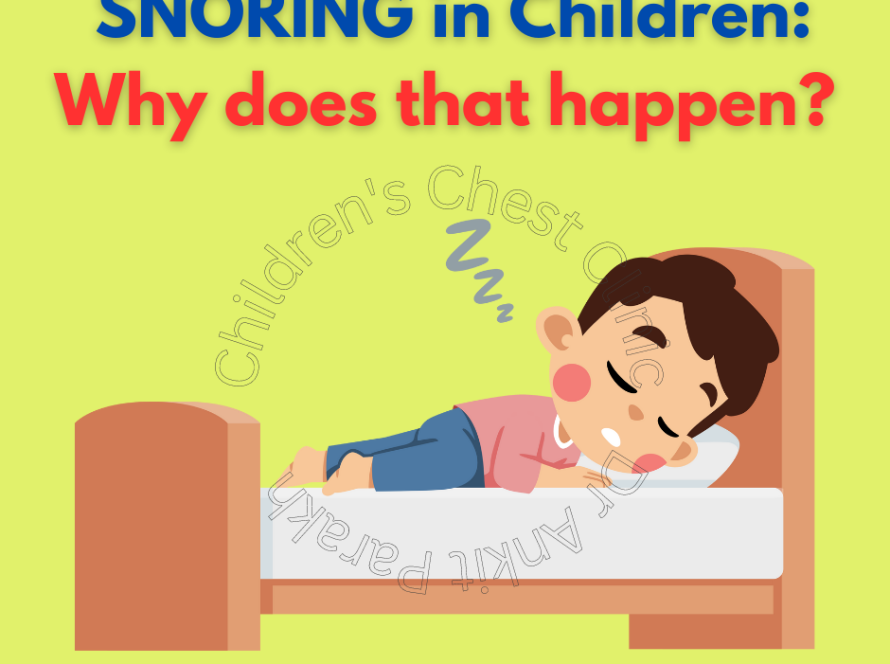As the monsoon season arrives, it brings much-needed relief and refreshing rain, but it also introduces a range of potential asthma triggers. For children with asthma, the increased humidity and changing weather patterns can pose significant challenges. Understanding these triggers and how to manage them is crucial for maintaining your child’s respiratory health. In this blog we shall discuss the asthma triggers during monsoon season.
Common Asthma Triggers During Monsoon Season
- Increased Humidity
Impact: High humidity can make the air feel heavier and more difficult to breathe. It can also lead to the proliferation of allergens like mold and dust mites.
Management: Use a dehumidifier to keep indoor air dry. Ensure proper ventilation and avoid damp environments where humidity levels can rise. - Mold (fungal) Spores
Impact: The damp conditions created by the monsoon season provide an ideal breeding ground for mold. Mold spores can become airborne and trigger asthma symptoms.
Management: Regularly inspect your home for mold growth, especially in areas prone to moisture like bathrooms and basements. Clean and dry these areas promptly to prevent mold buildup. - Dust Mites
Impact: Dust mites thrive in high humidity. They are a common allergen that can worsen asthma symptoms.
Management: Wash bedding and curtains in hot water frequently to kill dust mites. Frequent vacuuming of upholstered furniture is useful. Use allergen-proof covers on pillows and mattresses to reduce exposure (availability in India is although limited). - Pollens
Impact: Certain plants and trees release pollen during the monsoon season. This can be particularly troublesome if a child is allergic to specific types of pollen.
Management: Keep windows closed during high pollen times. Consider the use of air purifiers with HEPA filters. - Temperature Changes
Impact: The monsoon season can bring sudden temperature changes, which can trigger asthma symptoms or make them worse.
Management: Dress in layers to adjust to changing temperatures and use a humidifier to keep indoor air at a comfortable level. - Viral Infections
Impact: The monsoon season, with its unique weather conditions, can indeed heighten the risk of viral respiratory infections like common cold, flu, etc
Management: Maintain good hygiene, avoid contact with infected individuals, keep your environment clean.
Tips for Managing Asthma During the Monsoon Season
Take your preventive inhalers regularly: ensure that the child takes the preventive inhalers regularly to keep the asthma under control.
Create an Asthma-Friendly Home Environment: Regularly clean and maintain your home to reduce allergens and ensure good ventilation.
Consult Your Healthcare Provider: If you notice an increase in asthma symptoms or have concerns about managing asthma during the monsoon, consult with your child’s pulmonologist/allergist for personalized advice and potential adjustments to your child’s treatment plan.







